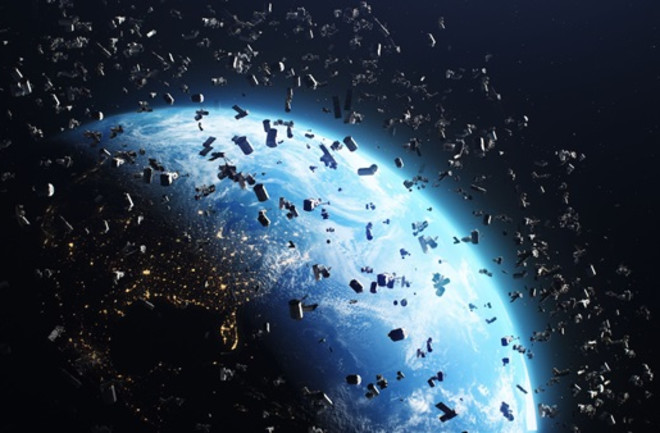It sounds like something out of a cartoon. A chunk of metal separates from a rocket or satellite, reenters the atmosphere, and then plummets to Earth. It strikes whatever happens to be in its path — whether open water, a grassy prairie, or a city bus.
The idea seems outlandish, but space debris is a growing problem. In late July 2022, a booster for China’s Long March 5B rocket reentered the atmosphere and crashed into the Sulu Sea near the Philippines. And China isn’t alone when it comes to producing potentially hazardous space junk.
The unceasing global proliferation of satellites means there are now more human-made objects in space than ever before. And new research predicts there is a concerning chance someone could be killed by falling space debris in the next decade.







